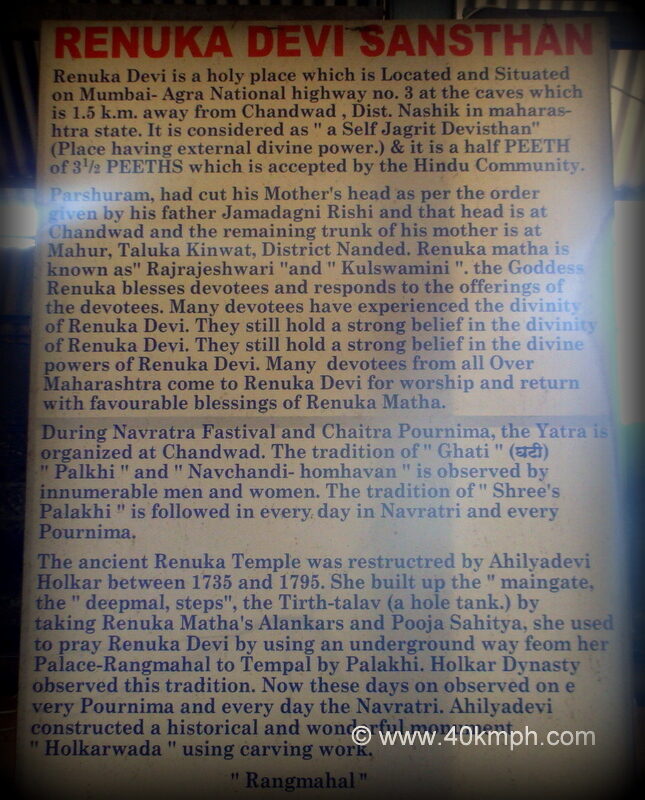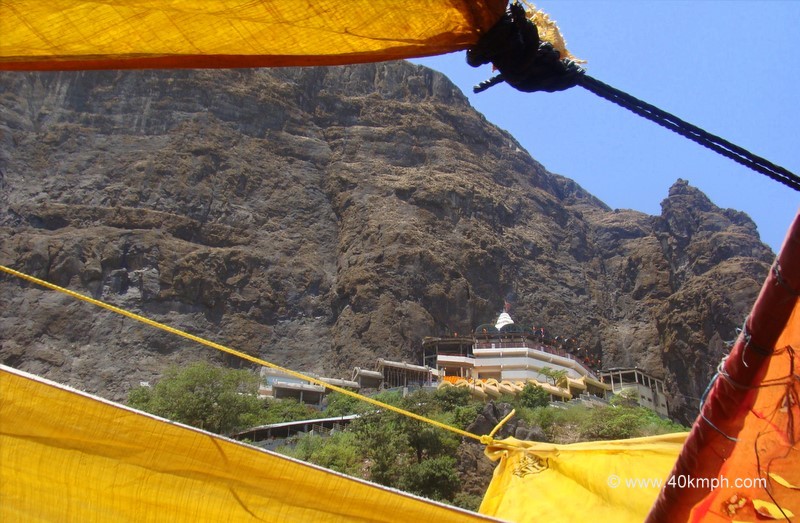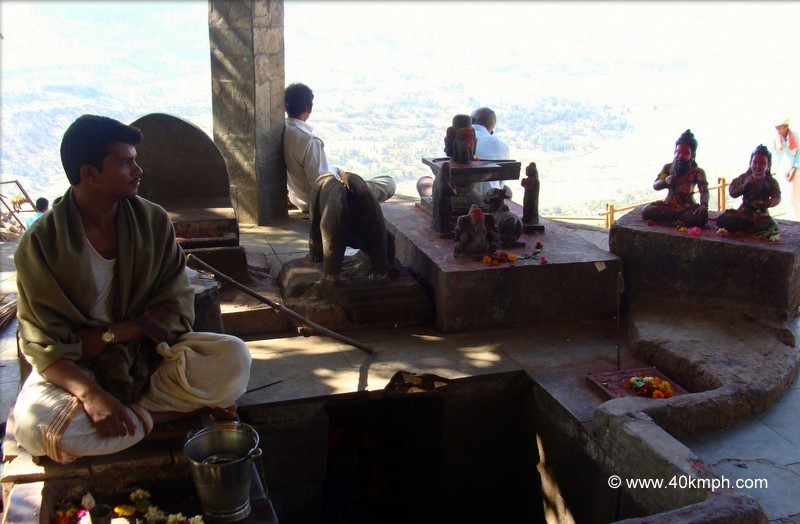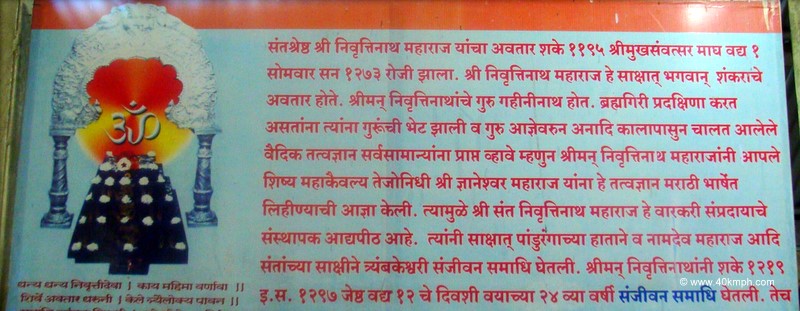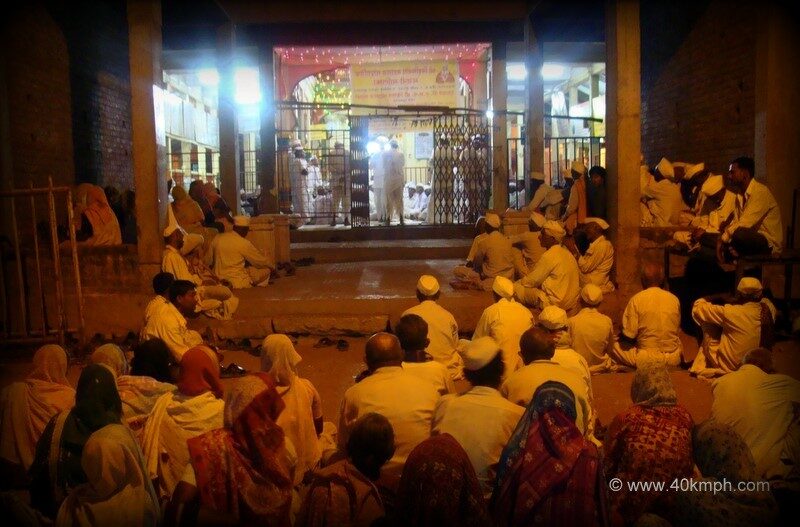750 approx. stairs from Trimbak or a motorable path? The choice is yours. We selected the latter. The guide was present and I with queries and curiosity to know more about the holy river.
The King requested Hindu Mahadev Koli – The local Adivasi to build stairs for devotees that reach up to Brahmagiri Hill.
(Current days stairs are very helpful because the journey is long and upwards. More than 1-hour climbing)
Thanks to King and Adivasis.
As the walking journey progressed temple of Kolambikaparvati and Gorakshanath Cave is visible within the mountain but a visit while returning advisably – said the Guide.
(Parvati killed Kolasur – The demon and was known as Kolambikaparvati)
Matseyanandrnath was the Guru of Gorakshnath and a follower of Nath Sampradaya. Gorakshanath was the incarnation of Lord Shiva and is also known as ShivGoraksh.
1. Matseyanandrnath 2. Gorakshanath 3. Kanifnath 4. Nivruttinath
They all were great saints – said the guide and we continue walking, climbing, and resting till we reach the final destination i.e., Godavari Janamsthan (origin) which is on top of Brahmagiri Hill.
The priest was present and the History of the Godavari River was as follows:
Three Gular/Umbar (Cluster Fig Tree) trees – Godavari River starts from the roots of the tree. No matter whether it is summer, winter, or rainy days Godavari flows uninterrupted and is visible-underground-visible at various holy places.
Brahmagiri Hill is the birthplace of the holy river Godavari. The river starts from the top of Bramhagiri Hill and disappears and appears at Gawmukh and again disappears and re-appearing at Ganga Dwar. After that, it appears again at Kushavarth Kund, Trimbakeshwar, where every 12 years Kumbh Mela is organized and people bathe to remove sins.
Again disappearing and appearing again at Jyotirling – Trimbakeshwar Temple and again disappearing and appearing at Panchwati, Nashik with two more rivers – Kapila and Ahilya and flowing towards Nanded, Rajahmundry, Hyderabad, and finally within the Bay of Bengal.
Godavari River is also named Gautami Godavari.
As we know Ganga resides within Lord Shiva’s matted hairs. Parvati – wife of Lord Shiva was not happy because of the same and she sent her son Lord Ganesha towards Bramhagiri Hill with a plan so that sin is done by Sage Gautam and to remove the sin he has to bath within Ganga and for that Ganga has to leave Lord Shiva.
Sage Gautam And his wife Ahilya used to stay within Bramhagiri hill. Lord Ganesha appeared as a cow and started eating all rice kept by the sage. This enraged sage. The cow was unintentionally killed by Gautam rishi (sage). Killing a cow is a big sin and is called “Gohatya”. Narad muni suggested him to prepare 108 shivlings within Bramhagiri Hill and pray to Lord Shiva because the sin will be removed only by bathing within Ganga and Ganga resides within Lord Shiva’s hair.
Sage Gautam And Ahilya followed the advice of Narad muni and worship Lord Shiva for 12 years – some say 1,000 years within Brahmhagiri hill. Lord Shiva was pleased and appear before them. Sage requested him to bring down Ganga as he has unknowingly done a sin and to remove the sin he has to bathe within Ganga. As Ganga was not ready to be away from Lord Shiva, Lord Shiva has to perform Tandav Dance to bring down Ganga from the matted hairs. Thus, Ganga appeared at Brahmagiri Hill. But she was not happy thus she disappears and reappears in a few places. Because Sage Gautam Ganga was present within Brahmagiri Hill she was known as the Gautami Godavari river.
Prayers!!! And return journey and Kolambikaparvati and Gorakshnath Cave – A visit – another 200 approx. stairs.
Thanks to Guide and Priest for sharing history.
In short: Gautami Godavari JanamSthan, Brahmagiri Hills, Trimbak a must-visit holy hill.
Like this:
Like Loading...
